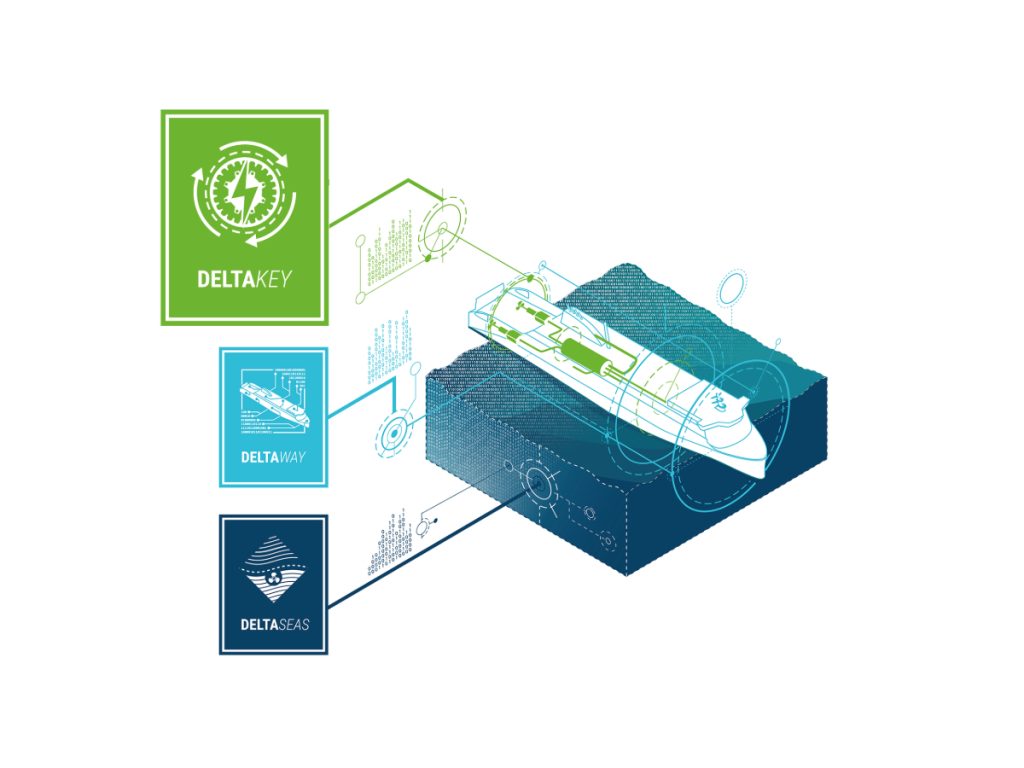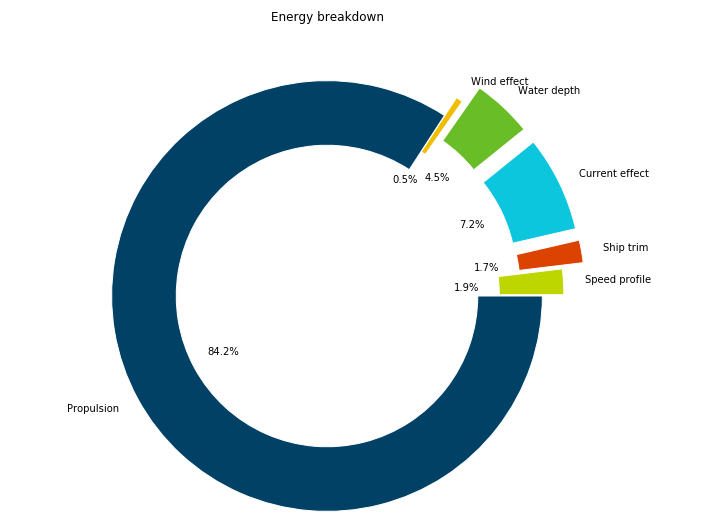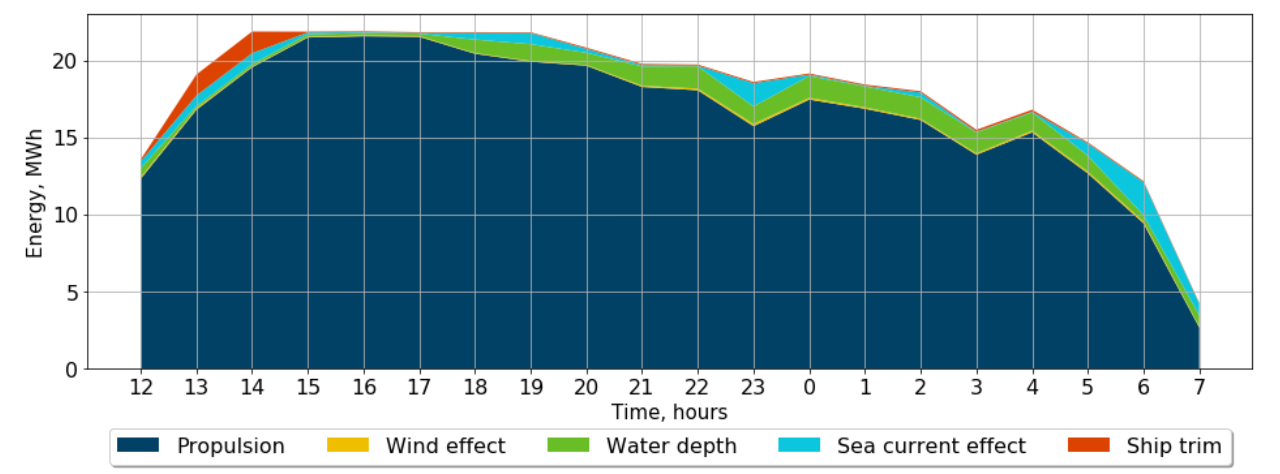DeltaKey – In the heart of the digital ship

This blog continues our digital design story by opening up the actual parts in our digital design toolbox. This time we are focusing on DeltaKey.
Focus on carbon footprint
I’ve been having one ship-design-related dream for a long time. I wish that the ship’s operational data could always be available when we start a new project. Why this is important is simply because, especially today with the focus on low-carbon shipping, the main source of emissions is the fuel combusted onboard. Fuel consumption is caused by energy requirements onboard, and energy is power multiplied by time. This is always one starting point when we teach about energy and environmental efficiency at our local university or at training courses for ship operators. Thus, understanding ship energy flows is one key aspect in a successful, eco-efficient project, and it is also one of the building blocks of our “digital design toolbox” called DeltaKey.
What is DeltaKey in practice?
DeltaKey is the numerical representation of the processes and systems within the ship hull. In the centre, we have our energy simulation tool and our expertise around the subject. With the DeltaKey part of our digital design toolbox, we are able to answer to questions such as: “How much carbon dioxide does the ship emit?”, “Which technology should we choose for the vessel from a profitability perspective” or “Where should we focus first in order to make the largest impact during the design process”. Thus, DeltaKey gives us very useful guidance in choosing the correct solutions for the project, retrofit or newbuild. DeltaKey results are therefore at the forefront of the practical future-proofing work. This means reviewing numerous scenarios for the future in order to prepare for the most relevant ones.
Where do we start?
Practical advice that I usually share with anyone who would like to start working with ship energy modelling is that spending approximately half the time in understanding the ship’s operational profile and the rest in compiling the simulation model and communicating the results tends to lead to the best and most accurate result. In our digital design portal, you can in a very concrete manner study the impact that a realistic operation profile has on the predicted ship daily fuel consumption compared to the “datasheet values”. This is also the reason why any de-carbonisation studies should be done with the ship’s actual operation data in mind, not focusing on fixed rates.
Today ship operation data is very often available in large volumes. In almost any ship category, we have found that there are many fleets that have been digitalised, at least to some extent. Or if this is not the case yet, there are numerous solutions available for collecting the most crucial ship data to start the fleet efficiency evaluation work. Our latest development regarding DeltaKey has involved this step: connecting our analysis to a continuous source of data.
DeltaKey with live data

In 2019, we initiated a pilot project with our long-term customer Color Line, where we started to collect the operational data onboard Color Magic, the world’s largest cruise ferry operating between Kiel and Oslo in Northern Europe. Data collection and transfer were provided by KNL Networks’ WaveAccess service, a comprehensive end-to-end maritime IoT solution. Deltamarin focused on visualising the most relevant operational signals for Color Line and on providing additional insight based on the accumulated data. This project is a continuation of the previous cooperation we have been doing regarding simulation of technical improvement possibilities for reaching future emission and energy-efficiency goals. With the accumulating operational data and by combining Deltamarin’s expertise of ship energy systems with modern analytics methods, Color Line can get support in trimming the operational efficiency of the ship. For instance, it is possible to evaluate with the actual operational profile the impact of technologies that would lower the carbon footprint of the ship.

The big picture
We usually divide the task of reducing ship’s carbon footprint into three categories: operational improvements, technical solutions and alternative fuels. Even though Deltamarin’s core expertise revolves around design optimisation and technical solution implementation, everything starts from firstly understanding and later improving the ship operational patterns. The greatest potential for ship optimisation in all these categories lies in the early phase of ship design, but it continues throughout the ship’s life cycle. Thus, being able to fast and flexibly connect to the source of ship measurement data in whatever format it is available is a huge asset for a ship designer and a requirement for the practical work. This enables us to build the link between the design data produced by us, measured operational signals and various equipment and system models from external vendors. To me therefore, energy modelling is clearly at the heart of forming the ship’s digital thread, so it is a part of each ship project from the start.

Want to read more? See also our other published blogs.
For more information, please contact
